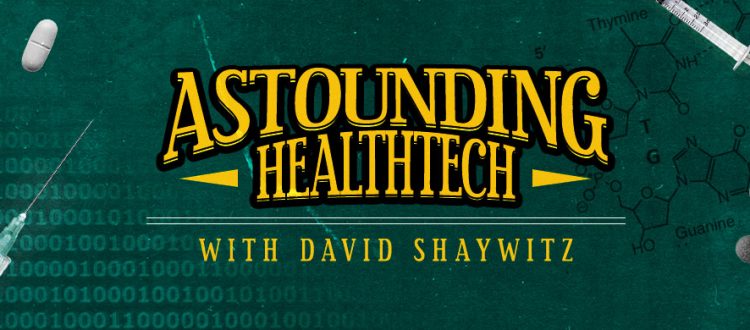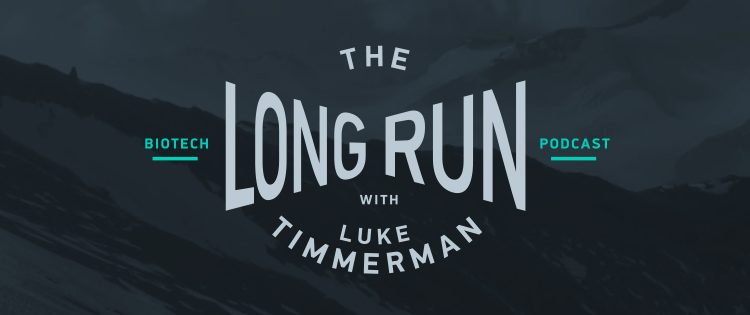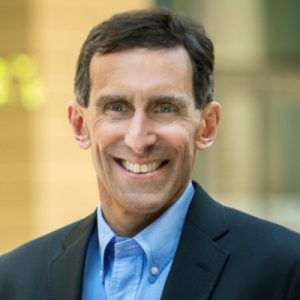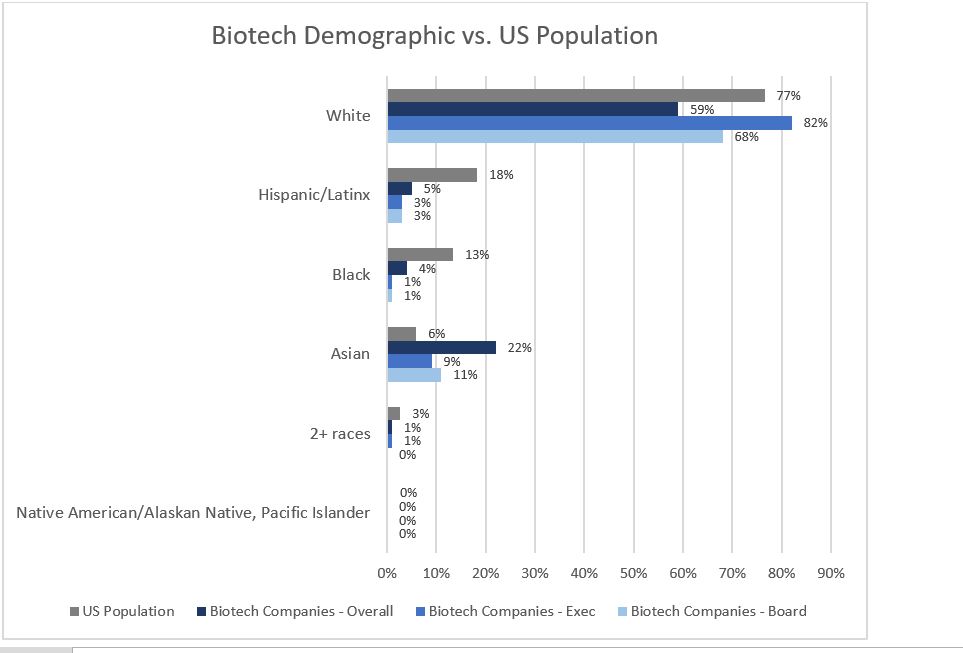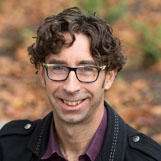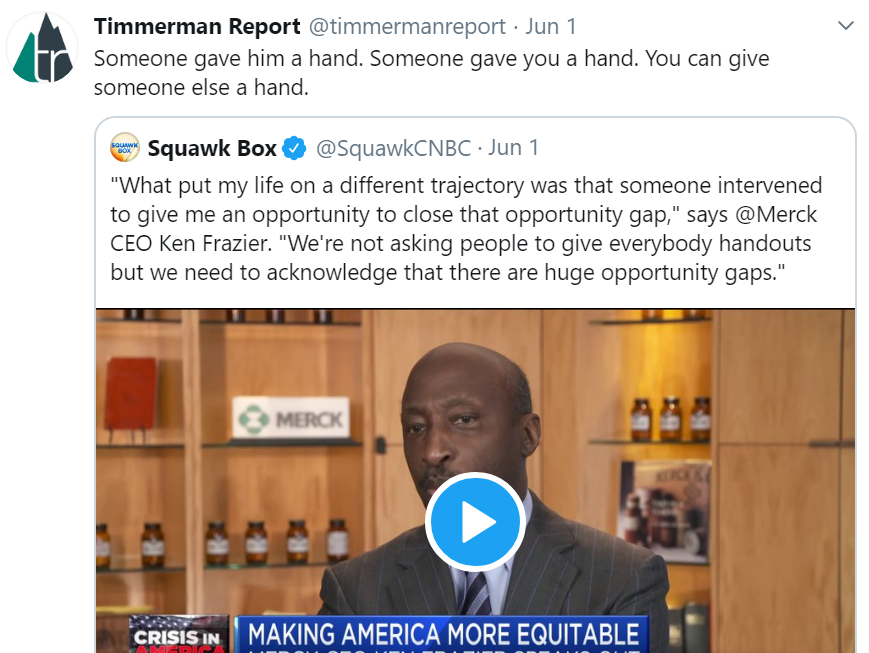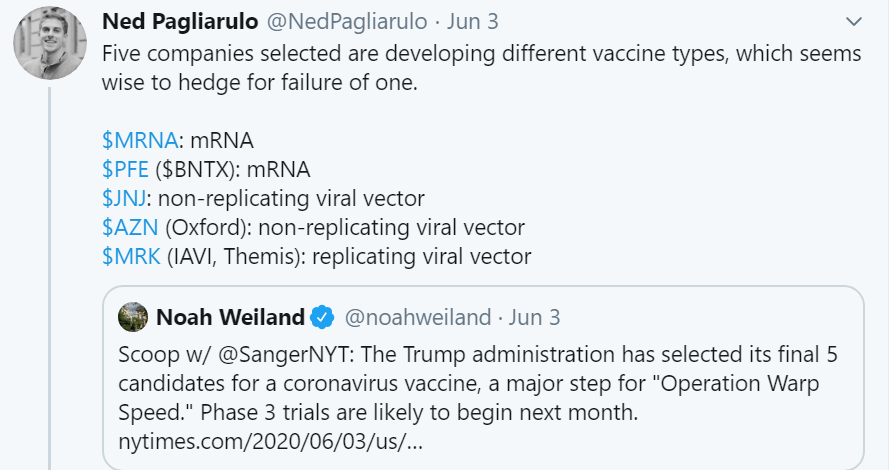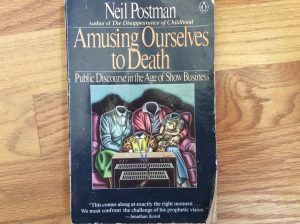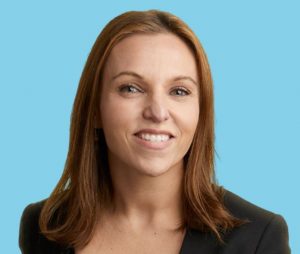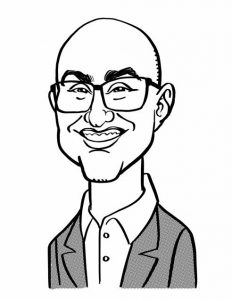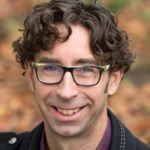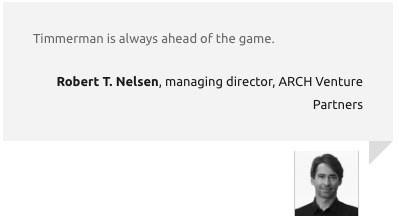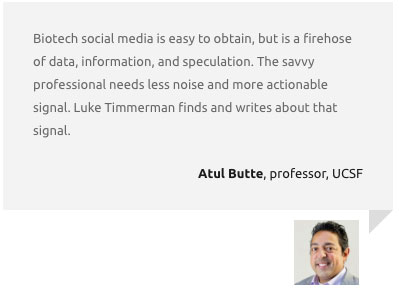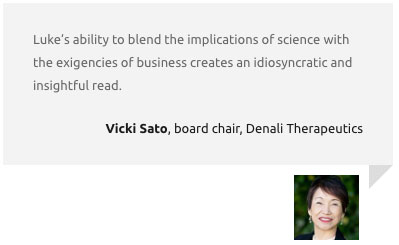Get In-depth Biotech Coverage with Timmerman Report.
11
Jun
2020
AstraZeneca Opens Its Digital Komono

David Shaywitz
AstraZeneca has emerged with a reputation as one of the industry’s most imaginative pharmas – it was named the “most innovative” global pharma company by IDEA Pharma in November 2019, and was cast as Gallant to GSK’s Goofus in a recent Financial Times piece examining their contrasting trajectories.
In this context, I was especially excited when I saw what looked to be some public discussion of their digital strategy. In an official release on Thursday, several of the company’s digital leaders offered an update on how their digital transformation is going.
As Astounding readers know, “digital transformation” is the ideology sweeping business now, offering, depending on your perspective, either an opportunity for pharma to finally avail itself of the technologies transforming most other industries across the planet, or a sumptuous buffet – a deep trough – where all manner of management and technology consultants may dine.
AstraZeneca offers up three strategic priorities, which correspond (explicitly, it turns out) to the three temporal stages of their “Digital Health R&D Journey” (evidently, iter digitalis est omnis divisa in partes tres…).
The first, or “foundational stage” focuses on transforming processes (“how we work”), the second stage (“advanced”) looks at “redefining digital health,” and the third stage (“future-readiness”) aspires to “reimagine healthcare.”
Understandably, and in parallel to Vas Narasimhan’s experience at Novartis, most of the progress so far seems to be at the level of operations and processes, using digital approaches to introduce efficiencies. They describe a tool, “Merlin” (developed, it appears, with Deloitte) that helps design clinical studies, and another tool (which seems to be Veeva’s Vault Clinical) to “replace legacy trial management systems” with a “cloud-based, single, digitized and connected platform.” (Veeva’s low-key takeover of pharma may be as impressive as Epic’s penetration into academic medical centers.)
There’s also, inevitably, a clinical trial dashboard (for some reason, pharma execs seem particularly obsessed by the size of their dashboards, which, naturally, also have pet names; AZ calls theirs Control Tower; the Novartis version is called “Nerve Live”).
AZ also highlights digital enhancements of their clinical supply chain that have reportedly yielded significant savings of time and money.
The other two strategic pillars seem, thus far, appreciably more aspirational, although I was struck by what seems like a solid commitment to move aggressively towards “hybrid” trials, where at least some of the data are collected remotely; AZ says up to 70% of trial data in 90 trial protocols they examined could be collected this way, which is obviously easier on patients and presumably could increase enrollment and retention, and would be especially attractive in the context of COVID-19.
Less clear is how the hybrid goal will actually be realized, though it sounds like it will involve a number of partners and a number of devices, which AZ seems to be in the process of vetting. Beyond the data collection, there’s an aspiration to improve outcomes through digital intervention — though again, beyond the assertion of partnering with “the best in the field” (think “Top. Men.” from Indiana Jones, or “Best of the best of the best. Sir!” from Men In Black), there was really no color provided.
Finally, AZ offers a nod to a future where there’s earlier detection and diagnosis of disease, patients are alerted to risks sooner, symptoms are monitored better, AI picks up on worrisome data, and technology helps patients self-manage. Relevant top of mind association here, of course, is Steve Martin’s famous “Holiday Wish” on Saturday Night Live. [Readers, trust me, watch this.—LT]
Bottom Line
Most pharmas are now dutifully embarked on a “digital transformation journey” and AZ is no exception; to the extent their approach is especially original or innovative, such creativity is not apparent from what they’ve shared, which feels like what most leading pharmas are doing: leveraging established partners like Deloitte to improve existing processes immediately, aspiring to bring digital to clinical trials soon, and harboring gauzy hopes for more proactive care in a technology-enabled future.
On the other hand, it seems clear that pharmas in general, and AZ specifically, really are serious about bringing more digital tools and capabilities into clinical trials, for highly pragmatic reasons. Emerging companies able to demonstrate excellence in this space are likely to be highly prized.

